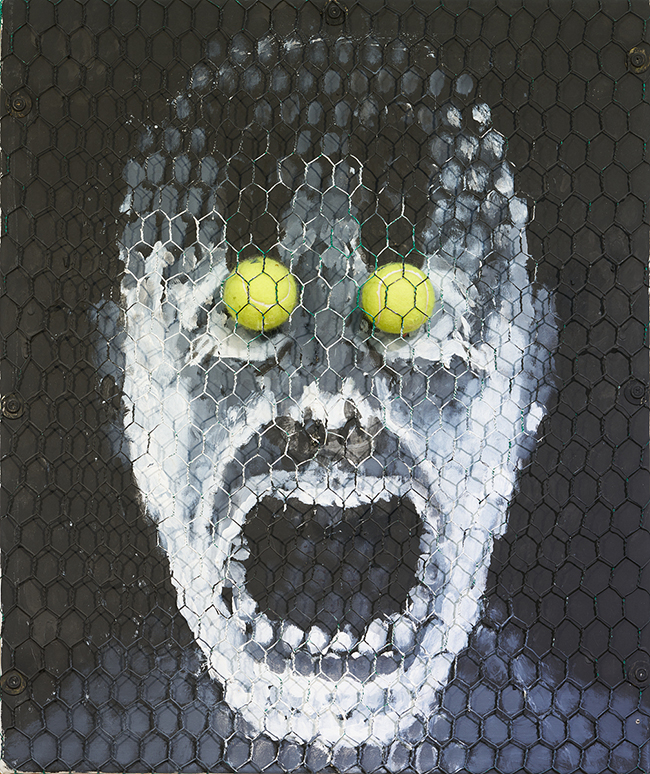Paul Fortunato began his artistic journey in New York, earning a Bachelor of Fine Arts from the School of Visual Arts (SVA). He spent 23 years teaching at SVA, influencing many young artists’ careers. Nine years ago, he relocated to South Korea to teach at Hanbat National University, marking a significant cultural shift. This move provided him with fresh insights, allowing him to blend Eastern and Western artistic philosophies.

Fortunato views every creation as a form of drawing, whether using traditional materials or incorporating 3D objects. This philosophy underscores his belief in art as an ongoing process of exploration and expression, pushing beyond conventional boundaries. His innovative use of materials and techniques challenges traditional notions, inviting viewers to experience art dynamically.
At Hanbat National University, Fortunato continues to share his knowledge, fostering a new generation of artists. His work uniquely fuses Western education with Eastern influences, reflecting his continuous journey of exploration and innovation.
Fortunato’s teaching career has been as impactful as his artistic practice. At the School of Visual Arts, he mentored numerous students, helping them navigate the complexities of the art world. His 23-year tenure at SVA was marked by a commitment to fostering creativity and encouraging experimentation. His move to Hanbat National University continued this career, where he adapted his teaching methods to a new cultural context, enriching his students’ learning experiences.
In Korea, Fortunato has embraced the local culture and artistic traditions, incorporating these influences into his work. This cultural exchange has not only broadened his artistic horizons but also deepened his understanding of the universal language of art. His ability to merge different artistic philosophies and techniques speaks to his versatility and openness to new ideas.
Fortunato’s work is characterized by a constant exploration of the boundaries of art. Whether through traditional drawing or mixed media, he challenges conventional notions and encourages viewers to see beyond the surface. His pieces often combine elements that seem disparate at first glance but come together to create a cohesive and thought-provoking whole. This approach reflects his belief that art is an ongoing dialogue between the artist and the viewer, each bringing their own interpretations and experiences to the conversation.

